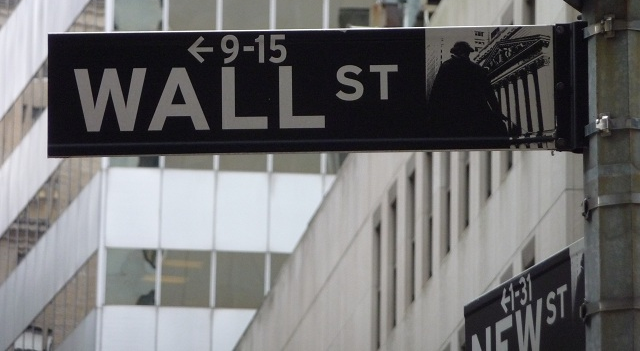The major U.S. index futures are currently pointing to a roughly flat open on Wednesday, with stocks likely to show a lack of direction following the substantial rebound seen in the previous session.
A lack of major U.S. economic data may keep some traders on the sidelines ahead of the release of several key reports in the coming days.
On Thursday, the Labor Department is scheduled to release its report on producer price inflation in the month of February, which may shed additional light on the outlook for interest rates.
Producer prices are expected to rise by 0.3 percent in February, matching the increase seen in January, while the annual rate of producer price growth is expected to accelerate to 1.1 percent from 0 .9 percent.
Reports on weekly jobless claims and retail sales are also due to be released on Thursday, with retail sales expected to rebound in February after slumping in January.
On Friday, trading may be impacted by reaction to reports on import and export prices, industrial production and consumer sentiment.
The University of Michigan’s preliminary report on consumer sentiment in March may be in focus, as it includes reading on inflation expectations.
After moving mostly lower in Friday and Monday’s sessions, stocks showed a strong move back to the upside during trading on Tuesday. The major averages fluctuated over the course of the session but finished the day firmly in positive territory.
The tech-heavy Nasdaq helped lead the way higher on the day, surging 246.36 points or 1.5 percent to 16,265.63. The S&P 500 also jumped 57.33 points or 1.1 percent to a new record closing high of 5,175.27, while the narrower Dow climbed 235.83 points or 0.6 percent to 39,005.49.
The strength on Wall Street partly reflected a positive reaction to the Labor Department’s highly anticipated report on consumer price inflation in the month of February.
The Labor Department said its consumer price index climbed by 0.4 percent in February after rising by 0.3 percent in January. The increase matched economist estimates.
Excluding food and energy prices, core consumer prices also rose by 0.4 percent in February, matching the increase seen in January. Economists had expected core prices to rise by 0.3 percent.
The report also said the annual rate of consumer price growth ticked up to 3.2 percent in February from 3.1 percent in January. The year-over-year growth was expected to be unchanged.
Meanwhile, the annual rate of core consumer price growth slowed to 3.8 percent in February from 3.9 percent in January. Economists had expected the pace of growth to decelerate to 3.7 percent.
While core price growth slowed by slightly less than expected, the slowdown still seems to have added to optimism about the Federal Reserve lowering interest rates in June.
“Although inflation has continued to ease, much of core inflation remains ‘sticky’ and isn’t unwinding at a pace that would offer the Fed the confidence it needs to begin the easing cycle perhaps even in June,” said Quincy Krosby, Chief Global Strategist for LPL Financial.
She added, “What could help underpin a move in June or July, however, is that Owners Equivalent Rent (OER) has begun to tick lower, and given its heavy weighting in the CPI a continued downward trajectory by June or July could certainly assuage Fed concerns regarding inflation remaining stubbornly higher.”
Software stocks saw substantial strength on the day, resulting in a 2.6 percent surge by the Dow Jones U.S. Software Index.
Oracle (NYSE:ORCL) led the sector higher, soaring by 11.8 percent after reporting better than expected fiscal third quarter earnings and strong cloud revenue growth.
Semiconductor stocks also showed a significant move back to the upside, driving the Philadelphia Semiconductor Index up by 2.1 percent.
Considerable strength was also visible among retail stocks, as reflected by the 1.5 percent gain posted by the Dow Jones U.S. Retail Index.
On the other hand, gold stocks moved sharply lower along with the price of the precious metal, dragging the NYSE Arca Gold Bugs Index down by 2.0 percent.
